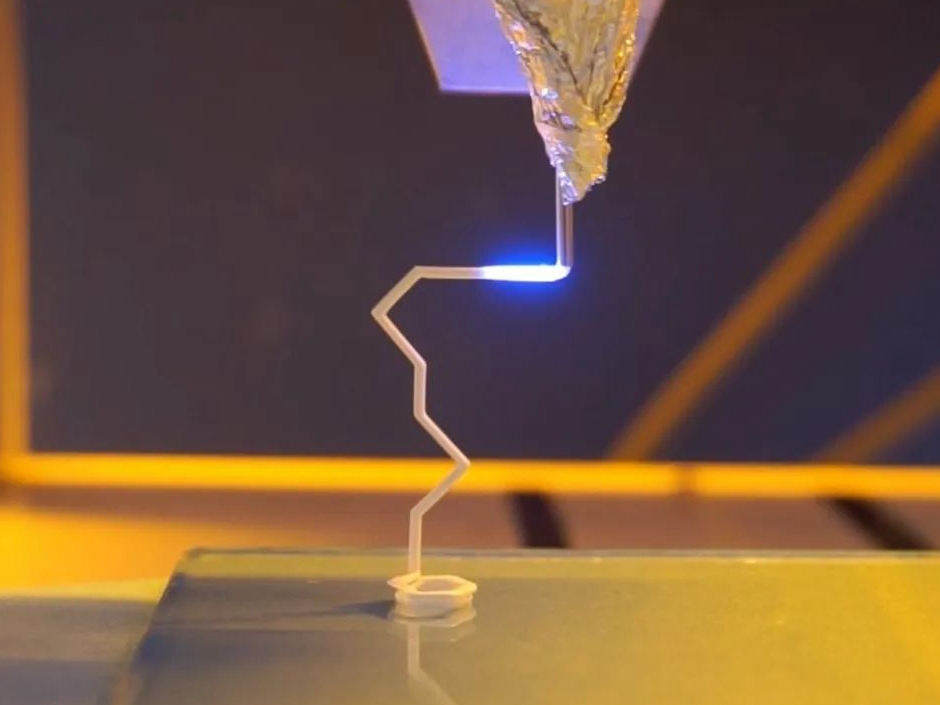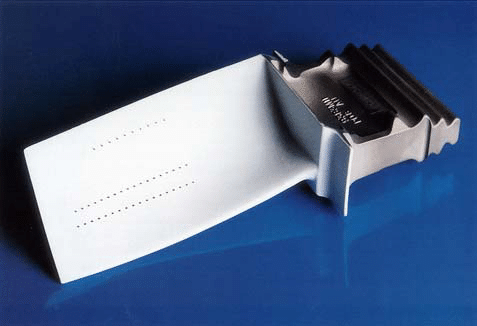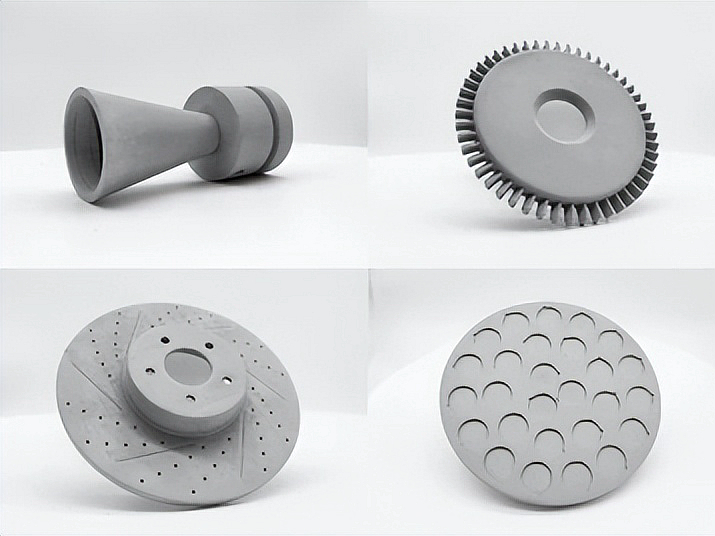What Are The 3D Printing Technologies Used for Ceramic Parts Additive Manufacturing?
 Ceramic materials are widely used for their exceptional strength, hardness, and resistance to high temperatures and corrosion. These properties make ceramics essential in aerospace, medical, automotive, and energy industries. Additive manufacturing (AM) enables the production of complex ceramic parts with high precision and reduced material waste. This blog focuses on the key 3D printing technologies used in ceramic parts production, emphasizing materials, applications, and technology-specific benefits.
Ceramic materials are widely used for their exceptional strength, hardness, and resistance to high temperatures and corrosion. These properties make ceramics essential in aerospace, medical, automotive, and energy industries. Additive manufacturing (AM) enables the production of complex ceramic parts with high precision and reduced material waste. This blog focuses on the key 3D printing technologies used in ceramic parts production, emphasizing materials, applications, and technology-specific benefits.
Vat Photopolymerization (SLA and DLP)
Vat Photopolymerization technologies, such as Stereolithography (SLA) and Digital Light Processing (DLP), use light to cure ceramic resins into solid parts layer by layer. These technologies provide high-resolution prints with excellent surface finishes.
Materials:
Silicon Carbide (SiC): Known for hardness (Mohs hardness 9) and thermal resistance, used in aerospace and automotive applications.
Alumina (Al₂O₃): Offers thermal conductivity (30 W/m·K) and high wear resistance, commonly used for electrical insulators.
Zirconia (ZrO₂): Fracture toughness of 9 MPa·m½, ideal for dental implants and cutting tools.
Applications:
Aerospace: Production of turbine blades and heat shields.
Electronics: Ceramic insulators and capacitors.
Medical: Dental implants and custom prosthetics.
Benefits:
High Precision: Capable of producing parts with micron-level resolution (as fine as 25 µm).
Rapid Production: Suitable for fast prototyping and iterative design cycles.
Smooth Surface Finish: Minimizes post-processing, reducing production time.
Binder Jetting
Binder Jetting involves depositing a binder onto ceramic powder to form parts, which are then sintered. This method is cost-effective for the large-scale production of complex parts.
Materials:
Alumina (Al₂O₃): Offers high hardness (9 on the Mohs scale) and thermal stability, used in industrial and medical applications.
Silicon Nitride (Si₃N₄): Thermal conductivity of 30 W/m·K, ideal for seals and bearings.
Zirconia (ZrO₂): Known for its high fracture toughness, it is widely used in dental applications.
Applications:
Aerospace: Manufacturing of turbine components and seals.
Energy: Heat exchangers and power plant components.
Medical: Custom dental implants and surgical tools.
Benefits:
Cost-Effective: Economical for producing large quantities of parts.
Material Efficiency: Minimal material waste compared to traditional methods.
Complex Geometries: Ideal for producing parts with intricate internal features and shapes.
Fused Deposition Modeling (FDM)
Fused Deposition Modeling (FDM) is typically used with thermoplastics, but can also print ceramic-filled filaments. After printing, the parts are sintered to achieve full ceramic properties.
Materials:
Ceramic-Filled Filaments: Composed of alumina or silica, used for prototyping and non-structural parts.
Alumina (Al₂O₃): Used for parts requiring electrical insulation and thermal conductivity.
Silicon Carbide (SiC): Suitable for applications requiring high wear resistance.
Applications:
Prototyping: Quick production of low-cost prototypes before sintering.
Low-Performance Applications: Ideal for parts with minimal mechanical stress.
Benefits:
Cost-Effective: Lower cost for prototyping ceramic parts.
Accessibility: Widely available and user-friendly, making it ideal for quick iterations.
Material Versatility: Available in a range of ceramic-filled materials.
Selective Laser Sintering (SLS)
Selective Laser Sintering (SLS) uses a laser to fuse ceramic powder into solid parts selectively. It is known for producing fully dense, high-strength ceramic components with high resolution.
Materials:
Alumina (Al₂O₃): High strength and thermal resistance (up to 1,600°C), used in aerospace and automotive applications.
Zirconia (ZrO₂): Used in high-durability applications, including dental crowns and industrial components.
Silicon Carbide (SiC): Offers high wear resistance and strength, which is ideal for mechanical components.
Applications:
Aerospace: Ideal for producing turbine blades and thermal barriers.
Medical: Manufacturing of durable implants and prosthetics.
Energy: Power plant components that withstand high temperatures.
Benefits:
High Mechanical Strength: SLS parts exhibit superior mechanical properties ideal for high-stress applications.
Complex Geometries: Capable of printing intricate designs that are difficult with traditional manufacturing.
Minimal Post-Processing: SLS parts typically require less finishing work, saving time and costs.
Conclusion
Ceramic additive manufacturing offers significant advantages, such as design flexibility, material efficiency, and reduced production times. Whether it’s Vat Photopolymerization for high-precision parts, Binder Jetting for cost-effective production, or Selective Laser Sintering (SLS) for high-strength ceramics, 3D printing technologies enable the creation of ceramic components with unique properties. By selecting the appropriate technology, manufacturers can optimize production processes and meet the performance standards required in aerospace, medical, and energy industries.


